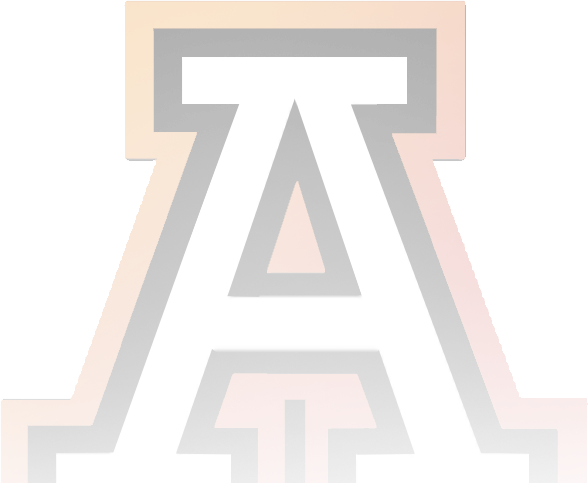The IEP creates an opportunity for teachers, parents, school administrators, related services personnel, and students (when appropriate) to work together to improve educational results for children with disabilities. The IEP is the cornerstone of a quality education for each child with a disability.
What is an IEP?
IEP Team
The IEP team members include the parents, the child's teacher, the special education teacher, and LEA representative, the child (when appropriate), and other professionals or specialists that make sense. This collective group of individuals who attend the IEP meetings is called the IEP team.
- Case Manager- The case manager is responsible for making sure the child's special education services and supports are in place.
- General Education Teacher- The general education teacher is who provides differentiated instruction to students and will get accurate, reliable data on the student's behavior and progress toward meeting the child's annual goals.
- District Representative/ LEA- Local educational agency or LEA is the person who is there to represent the school district. This person should know what resources are available to the district and have the authority to allocate such resources.
- Parent- The parents are vital to the IEP team process. They provide information on the child's strengths and weaknesses at home, background information on the child's history and development, and information on any family factors that may affect the child's learning.
- Special Education Teacher- This may be a Special Education Teacher other than the Case Manager that assists with the childin a resource room or special class devoted to children recieving special education services, teaam teach with the child's regular educaiton teacher, or work with other school staff to provide expertise about addressing the child's unique needs.
- Other Attendees- Other individuals will also attend that can provide insight into the child’s special needs that prevent them from moving forward on their own down the educational road to success like related services staff.
IEP Plan
An Individualized Education Program or Plan (IEP) is a blueprint for a child’s special education experience at school. The plan describes what services and supports the child gets. IEPs tend to have many common elements. Below are some of the important parts of an IEP.
Annual Goals
These should consist of academic and functional skills that the child can reasonably accomplish during the school year. Each is broken down into shorter-term objectives.
Present Level of Performance
This describes the child’s current abilities, skills, challenges, and strengths. It may also discuss social skills and behavior.
Accomodations
IEP Accommodations are adjustments to the environment, instruction or materials that allow a student with a disability to access the content or complete assigned tasks. Accommodations do not alter what is being taught.
Examples:
- Extended Time to complete Assignments
- Untimed Tests
- Reduced Number of Test Questions
- text-to-speech
Services
Gifted Services
A gifted child is defined as a school-age person whose intellectual ability paired with subject matter aptitude/achievement, creativity/divergent thinking, and/or problem-solving/critical thinking meets the eligibility criteria.
Related Services
Transportation and such developmental, corrective, and other supportive services as are required to assist a child with a disability to benefit from special education
- Occupational Therapy
- Physical Therapy
- Psychological Services
- SPED Social Workers and the Behavior Response Team
View the Anatomy of an IEP here.
Who Gets IEPs?
IEPs are a part of public education. They are given to eligible kids, ages 3 and up, who attend public school. This includes charter schools.
To be eligible for an IEP, a student has to:
- Have one or more of the 13 Exceptional Student Education (ESE) services that are covered under IDEA.
- Does the child need services and accommodations to succeed at school?

